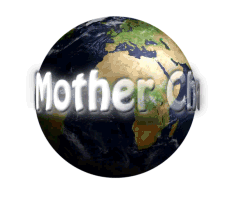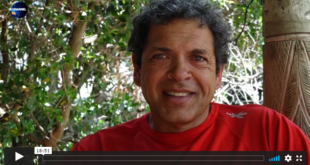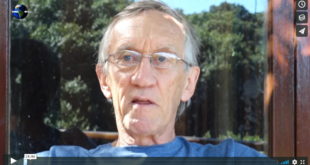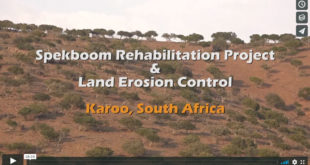In this presentation of Climate Matters.TV ~ Geoengineering~Can Technology Save Us? (Part 2), at COP 22, Marrakech, Stuart Scott (UPFSI) talks with Prof. Peter Wadhams (Emeritus Prof. of Ocean Physics, Cambridge University) and Dr Hugh Hunt (Dept of Engineering, Trinity College, Cambridge University, UK), about NETS – Negative Emission Technologies, Reducing CO2 emissions, Timescales and Costs for Engineering Solutions, including GHG removal alternatives and methodologies.
In opening, Scott introduces a Geoengineering diagram which details the advantages and disadvantages of ‘negative emission technologies’ (NET’s). e.g. Societal Limits in terms of Socio-political acceptability (i.e. protests, etc.), Climate Limits in terms of Biophysical Climate impacts (well researched to ensure benign technologies utilised) and Biophysical Resource Limits in terms of Land areas required (competing land needs for large and expanding populations and growing biomass for sequestering, etc). Also, Economic limits in terms of Costs (‘pencil out on bottom line’ – an approximate estimate whether proposed investment expected to be profitable) and lastly, Collaboration at multiple scales for prevention, early detection and rapid response in terms of Energy and Food Security. (https://www.carbonbrief.org/explainer-10-ways-negative-emissions-could-slow-climate-change).
Scott then requested Dr Hunt to comment on an article from the New Scientist, the Spice Project (Stratospheric Particle Injection for Climate Engineering). Hunt elaborated further on the project also citing that he is not pro-geoengineering but pro-research, however, is concerned about the Arctic ice disappearing, which could have multiple disastrous outcomes for the planet. Prof. Wadhams expanded further, mentioning that experimental oil spills in ice have been disallowed for over 40 years because of negative impacts, and also talks on marine cloud brightening (MCB) as being a possible partial solution to slowing global warming and returning/increasing some of the sea ice being affected. https://www.newscientist.com/article/dn21840-controversial-geoengineering-field-test-cancelled/.
Dr Hunt then addresses two important aspects related to Engineering Solutions, namely Timescales and Costs in which he shows that the cost of addressing particle delivery (10 million tonnes/year) into the stratosphere, via various methodologies in order to reverse, slow or combat global warming, is less than .1% compared to the 35-40 billion tonnes of CO2 being released into the atmosphere annually. In terms of timescales for development, Dr Hunt states that this would have to be done in short term as we are running out of time to deal with a warming climate, e.g. aircraft would be the most obvious technique for delivering aerosols into the stratosphere fairly quickly, and summarises that the required technology is on the edge of being available, but the understanding of the consequences of utilising this technology is what is lacking at this point in time!
At Scott’s request, both Prof. Wadhams and Dr Hunt speak further on geoengineering technology cost profitability and feasibility in terms of Greenhouse Gas removal from Earth’s atmosphere. Prof. Wadhams closes, in saying, that it’s a matter of scaling factors, i.e. scaling factors in cost and scaling factors in technical feasibility which should be taken very seriously and that at some point it will come to the question of ~ ‘Will the World be prepared to commit such a large fraction of it’s resources to the question of saving itself from Climate Change‘?
Links:
http://www.geoengineeringmonitor.org/technologies/ Glossary of Geoengineering Technologies
https://www.sciencedaily.com/releases/2012/08/120820132359.htm Marine cloud brightening
http://www.srmgi.org/what-is-srm/ Solar radiation management
 Mother Channel Environmental, climate change news and media.
Mother Channel Environmental, climate change news and media.



